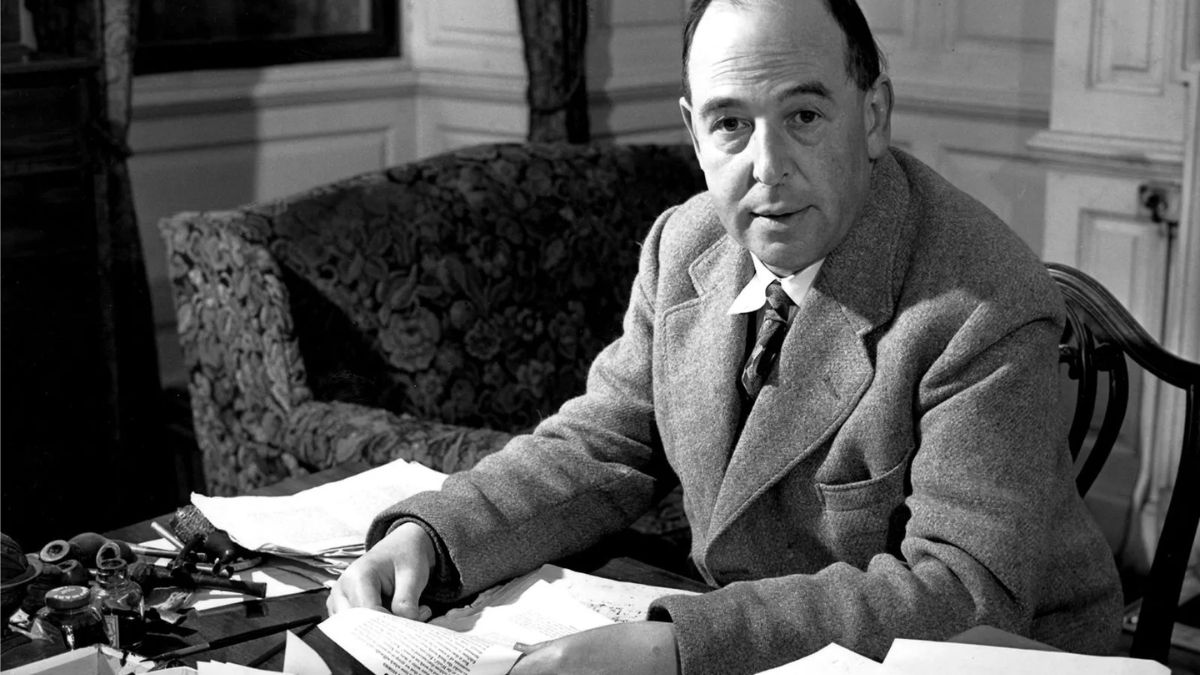

BreakPoint
Take a break from the “holiday hustle” and I’ll give you a taste of some of the great music of the Christmas season.
Music Worth Listening To
Take a break from the “holiday hustle” and I’ll give you a taste of some of the great music of the Christmas season.
 Last month, Polish composer Henryk Gorecki died at age 76. Gorecki was the composer of the most-unlikely “smash hit” of the past fifty years: the recording of his “Symphony of Sorrowful Songs,” featuring American soprano Dawn Upshaw, made into Music Week’s “Top Ten” pop song list in 1992.
At one point, the album of neo-romantic orchestral music that drew its inspiration from the Polish composer’s Catholic faith, was selling 10,000 copies a day in the United States.
While Gorecki was always surprised at the response to his work, we shouldn’t be: the Christian faith has long been the source of much of the West’s most enduring art, especially its music. And there’s no better time to appreciate this fact that than Advent and Christmas.
When I say “long,” I mean long. In the fourth century, arguably the greatest mind of the Christian church was the Bishop of Milan, Ambrose. Apart from the apostle Paul, no one played a greater role in shaping St. Augustine’s thinking than Ambrose.
What’s less well-known is Ambrose’s contribution as a hymn-writer. Augustine quotes four of Ambrose’s hymns in his sermons and other writings. While the first three aren’t well-known to modern listeners, chances are, you may have sung his best-known hymn, “Veni Redemptor Gentium,” this Advent and Christmas.
Closer to Ambrose’s time, it would have sounded something like this:
(Click to listen.)
Eleven hundred years later, Martin Luther translated Ambrose’s lyrics into German and his friend John Walter adapted the music for use by congregations. Eventually, Bach provided the harmony. The result is one of the best-known advent hymns of the Christian church:
(Click to listen.)
While not quite as old as Ambrose’s hymn, “Creator of the Stars of Night” dates from the seventh century. Like “Savior of the Nations” it’s an Advent hymn that both looks back to Christ’s first coming and forward to his second.
In other words, it is the music of hope. And it’s that hope that both inspires great Christian art and sets it apart from its secular alternative.
(Click to listen.)
Further Reading and Information
Veni Redemptum Gentium (original)
YouTube
Veni Redemptor Gentium (J. S. Bach Arrangement)
YouTube
Creator of the Stars of Night
YouTube
More Than Just a Song
Mark Earley | The Point Radio | December 14, 2010
Last month, Polish composer Henryk Gorecki died at age 76. Gorecki was the composer of the most-unlikely “smash hit” of the past fifty years: the recording of his “Symphony of Sorrowful Songs,” featuring American soprano Dawn Upshaw, made into Music Week’s “Top Ten” pop song list in 1992.
At one point, the album of neo-romantic orchestral music that drew its inspiration from the Polish composer’s Catholic faith, was selling 10,000 copies a day in the United States.
While Gorecki was always surprised at the response to his work, we shouldn’t be: the Christian faith has long been the source of much of the West’s most enduring art, especially its music. And there’s no better time to appreciate this fact that than Advent and Christmas.
When I say “long,” I mean long. In the fourth century, arguably the greatest mind of the Christian church was the Bishop of Milan, Ambrose. Apart from the apostle Paul, no one played a greater role in shaping St. Augustine’s thinking than Ambrose.
What’s less well-known is Ambrose’s contribution as a hymn-writer. Augustine quotes four of Ambrose’s hymns in his sermons and other writings. While the first three aren’t well-known to modern listeners, chances are, you may have sung his best-known hymn, “Veni Redemptor Gentium,” this Advent and Christmas.
Closer to Ambrose’s time, it would have sounded something like this:
(Click to listen.)
Eleven hundred years later, Martin Luther translated Ambrose’s lyrics into German and his friend John Walter adapted the music for use by congregations. Eventually, Bach provided the harmony. The result is one of the best-known advent hymns of the Christian church:
(Click to listen.)
While not quite as old as Ambrose’s hymn, “Creator of the Stars of Night” dates from the seventh century. Like “Savior of the Nations” it’s an Advent hymn that both looks back to Christ’s first coming and forward to his second.
In other words, it is the music of hope. And it’s that hope that both inspires great Christian art and sets it apart from its secular alternative.
(Click to listen.)
Further Reading and Information
Veni Redemptum Gentium (original)
YouTube
Veni Redemptor Gentium (J. S. Bach Arrangement)
YouTube
Creator of the Stars of Night
YouTube
More Than Just a Song
Mark Earley | The Point Radio | December 14, 2010
12/23/10















